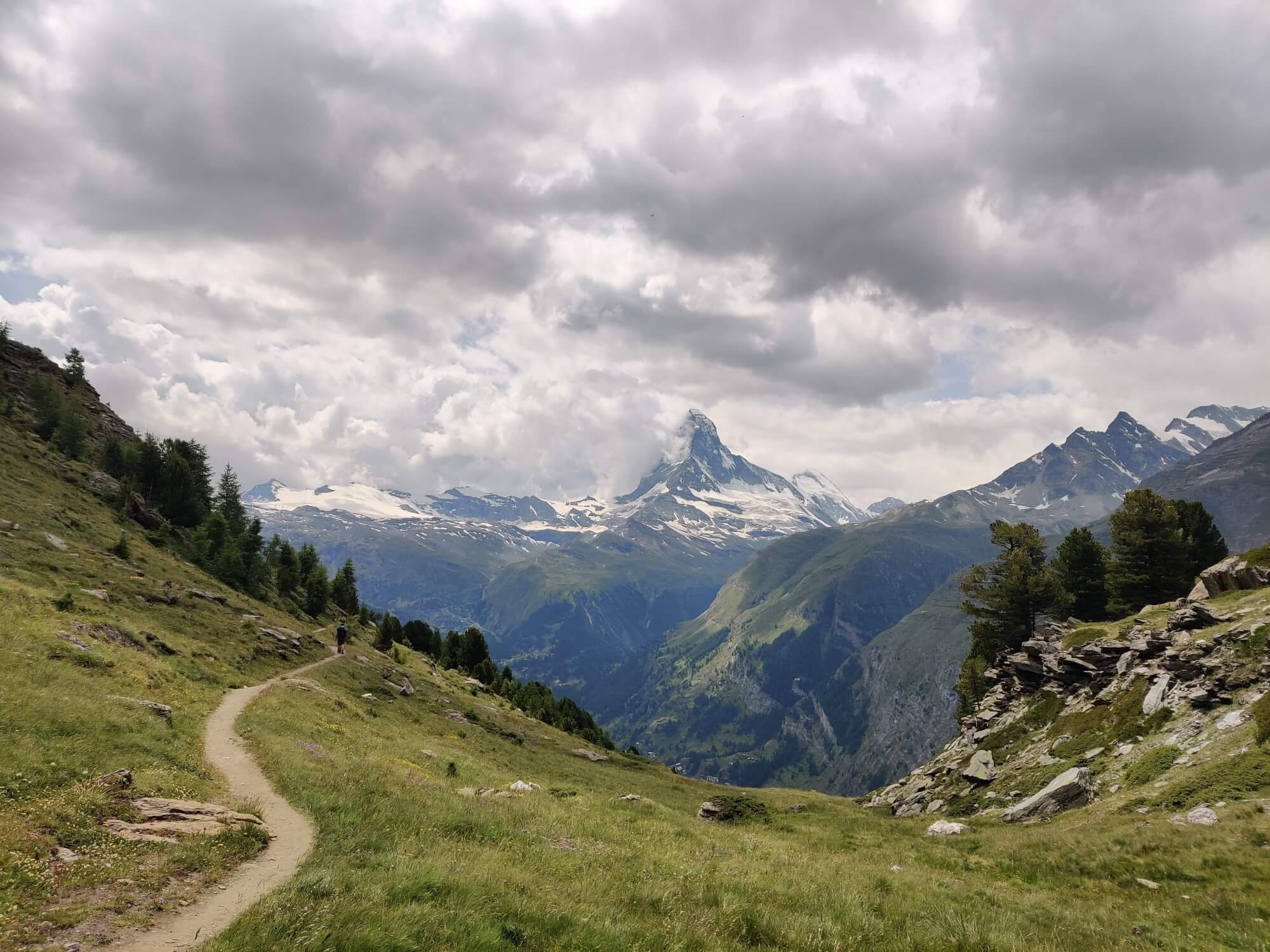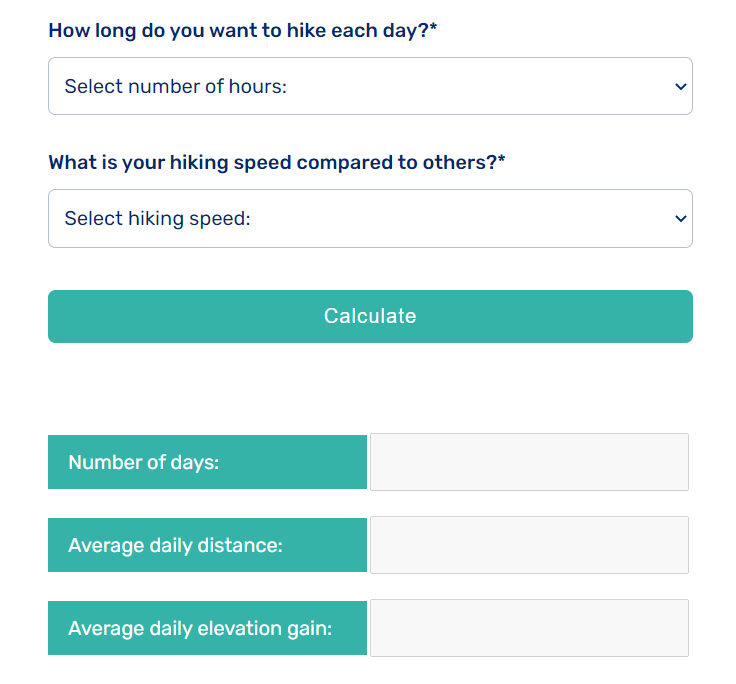As a numbers person, I have always been curious about hiking time estimate calculations. There are so many personal and environmental factors that can influence a hiking time that taking on a mission to improve their accuracy could be seen as madness…Well, as Oscar Levant said, it’s a fine line between genius and madness...let’s see where I end up!
In this post, I’ll cover;
Why hiking time estimates are important
Hiking time estimates are the backbone of any hiking plan and directly impact the overall experience.
They are initially used to help shortlist experiences that meet overall time and capability criteria and then the time estimates become the foundational planning step to determine how many hours/days it will take a hiker to complete the trail. For multi-day hikes, this allows for travel, transfers, and accommodation bookings to be made that turn the dream into a reality!
If the time estimate is too generous, a hiker will reach their destination early and wonder whether they should have planned to go further. If it’s too ambitious, they could run out of daylight or be unable to recover enough before starting off the following day.
Our research with The Hiking Club community shows that;
Over 80% of hikers don’t trust standard time estimates because they never fit.
Of those that do use standard time estimates, nearly 80% don’t end up walking that time on the trail.
Given that standard time estimates don’t work for most people, I wanted The Hiking Club to come up with a way for hikers to personalise time estimates so that anyone could create an achievable and enjoyable hiking plan.
How we calculate our time estimates
Our time estimates are built off the fundamentals of Naismith's rule and Atkins + Langmuirs corrections, as well as our unique overlays for high elevation sections and challenging terrain. The Steady Hiker time estimates closely match what you’ll see on trail signs in the Alps, and where they do differ, we’ve gathered feedback from hikers since 2018 to confirm the differences are appropriate.
The time estimates are non-discriminatory. They do not consider your pack weight, for example, (an important note for those camping); or whether you are crossing your second mountain pass on your 7th day in a row; if your knees want to give up on the descents; or if you are hiking through snow, a heatwave or the pouring rain.
Based on the performance of customers in the Alps since 2018, we created 4 separate hiking profiles that are a deviation of our steady (average) hiker.
We call these profiles our ‘hiker types’ which we have summerised below:
Steady Hiker [Average Speed]: Experienced hikers or those with a strong sea-level fitness base that knows what it takes to complete a big day and always keep up with the pack when out on the trails.
Speedy Hiker [-10% Average Speed]: Fit, experienced hikers who are regularly catching and passing others on the trail. Those with a strong sea-level fitness base can typically meet these estimates. A reduction of 10% has been applied to the average hiking time estimates to account for their overall speed and stamina.
Elite Hiker [-25% Average Speed]: Fit, fast and experienced alpine hikers or fast packers that always move with haste. A reduction of 25% has been applied to the average hiking time estimates to account for their superior pace and staying power.
Wanderer [+10% Average Speed]: Those that have average sea-level fitness and/or don’t like to rush through the scenery, regularly stopping to smell the wildflowers and take pictures of each and every stunning landscape they come across. Estimated hiking times have been increased by 10% to account for a more relaxed pace.
Our customers choose a hiker style that best aligns to them which they use to guide them through the itinerary creation process that we offer with our planning app.
Our itineraries: A time estimate is provided for each hiker style in our itineraries
While it is good to choose the hiking style that best aligns with your fitness and intentions when creating an itinerary, we recommend our customers make sure their plan could be achievable using the time estimates of the next slowest hiking style too.
Our time estimate calculator
We have designed a simple calculator to provide hikers with a quick and easy way to understand how long it could take them to hike each of our trails. The calculator asks hikers to provide two inputs;
Time Estimate Calculator: Available for each trail
How long do you want to hike each day?
What is your hiking speed compared to others?
The number of hours is for hiking time only and therefore should exclude breaks and stationary time. Even though they are not included in our calculation, please do consider how your breaks and stationary time will result in your total time on the trail each day.
The ‘others’ referenced in the hiking speed comparison are your fellow multi-day hiker, not an average person you might see on your local trails. The key difference being that a multi-day hiker has a base-level of fitness capable of walking for many days. The options correlate to the hiker types listed above, for example: A bit faster than others = Speedy hiker.
Upon pressing ‘calculate’, you will be shown the number of days it would take to complete the ‘main trail’ of your chosen hike that corresponds to the hours and speed you’ve selected.
If you want to give the calculator a try, here are the links for; Tour du Mont Blanc, Walker’s Haute Route, Tour of Monte Rosa, and Alta Via 1 (Dolomites).
Brendan is a pizza-making, craft beer-loving, peanut butter connoisseur that has been exploring the great outdoors since completing the Duke of Edinburgh Award in high school. He started The Hiking Club to democratise hiking and the benefits that come from spending time in nature.



